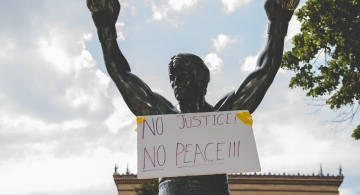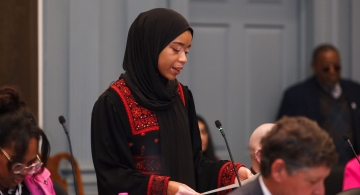Storytelling with Vulnerable Communities
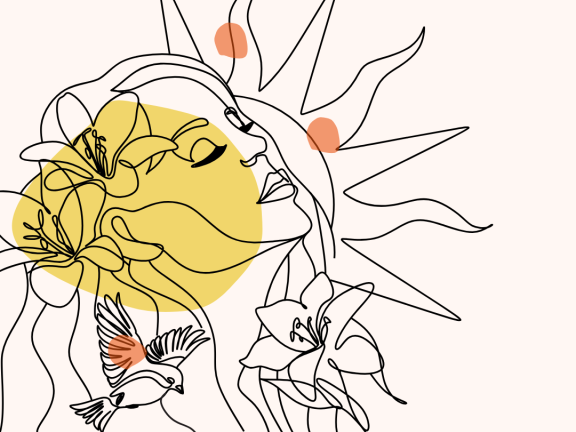
Power and positionality exist in every form of human interaction, especially how we tell, understand, and document stories. We come from various social positions and identities that shape our access to and experience in society. These differences or similarities may affect the power dynamics in storytelling. It’s essential to recognize how power and positionality show up in storytelling, especially when working with people from vulnerable and systematically oppressed communities.
This month’s resource draws from the journalism code of ethics. Journalism is a field where practitioners should actively engage in awareness of power and position to minimize harm during and after interviews. Storytellers working with folks from vulnerable communities must also recognize power imbalances to reduce harm.
The process is more of an art than a science. It's crucial to avoid being paternalistic. The following tips give insight into how to practice storytelling with care; be mindful that perfectionism isn't the end goal. Think of it as ensuring that folks you're interviewing have the information they need to make good decisions and are respected throughout the storytelling process.
Please note that the tips have been condensed and edited for context and clarity.
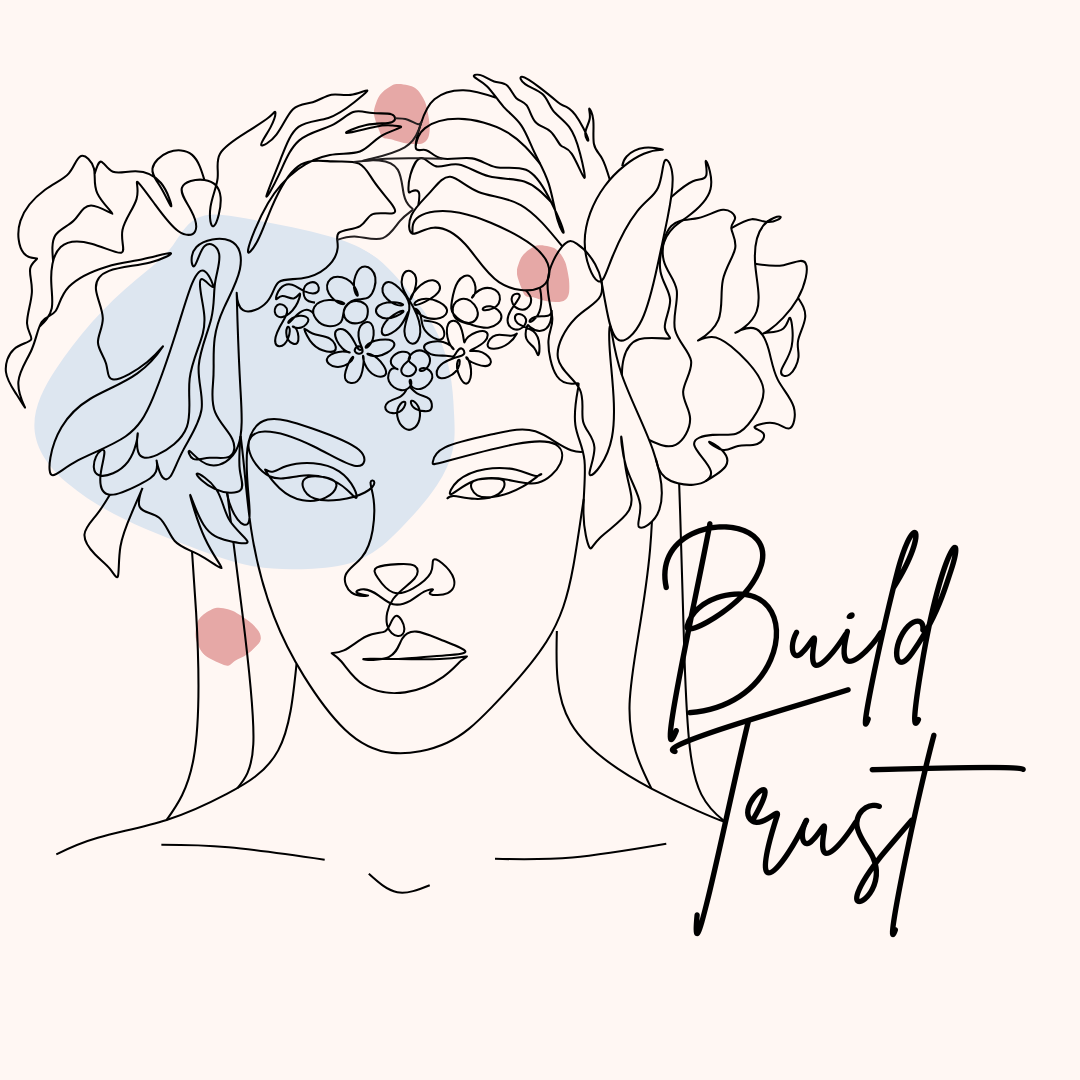
Building Relationships and Trust
- Start with an informal conversation that is off the record. It means putting away the camera, recorder, or notebook and getting to know the person. Describe the story, the estimated timeline of the storytelling process, and the questions you'll ask. Share about yourself and why you’re telling this story, why it matters to you. If possible, show people a similar story so they can have a clearer idea of what you’re working on or aiming for.
- If applicable, explain how off-the-record guidelines work for the person to know their options if they want to keep information private but feel the reporter/storyteller must know something. Building relationships takes time and is an ongoing process. Building trust means being patient and meeting people where they're at. It's crucial for vulnerable sources to feel like they have control in this relationship and process.
- Share where the story will appear and where it might live forever (i.e. Vimeo, YouTube, etc). Will the story be shared locally, nationally, or globally? Let them know their friends, family, and employers might see the story. Answer all the questions the person may have, and be available to answer more. Give people time (several days or weeks) to decide whether they want to participate in the story.
Ongoing Participation and Transparency
- Meet in person when possible. Seeing a person’s face and body language helps facilitate holistic communication. If the person you’re interviewing would prefer to keep certain information out of the story, respect that and be open to exploring alternatives before a story is published/finalized. When the person shares relevant information that could cause personal harm or embarrassment, give them a chance to rephrase or reframe what they said.
- Continue to be transparent about the storytelling/reporting process (such as how you’ll fact-check and who you’ll interview). Be extra patient and careful when your subject matter involves trauma to avoid triggering or re-traumatizing the storyteller.
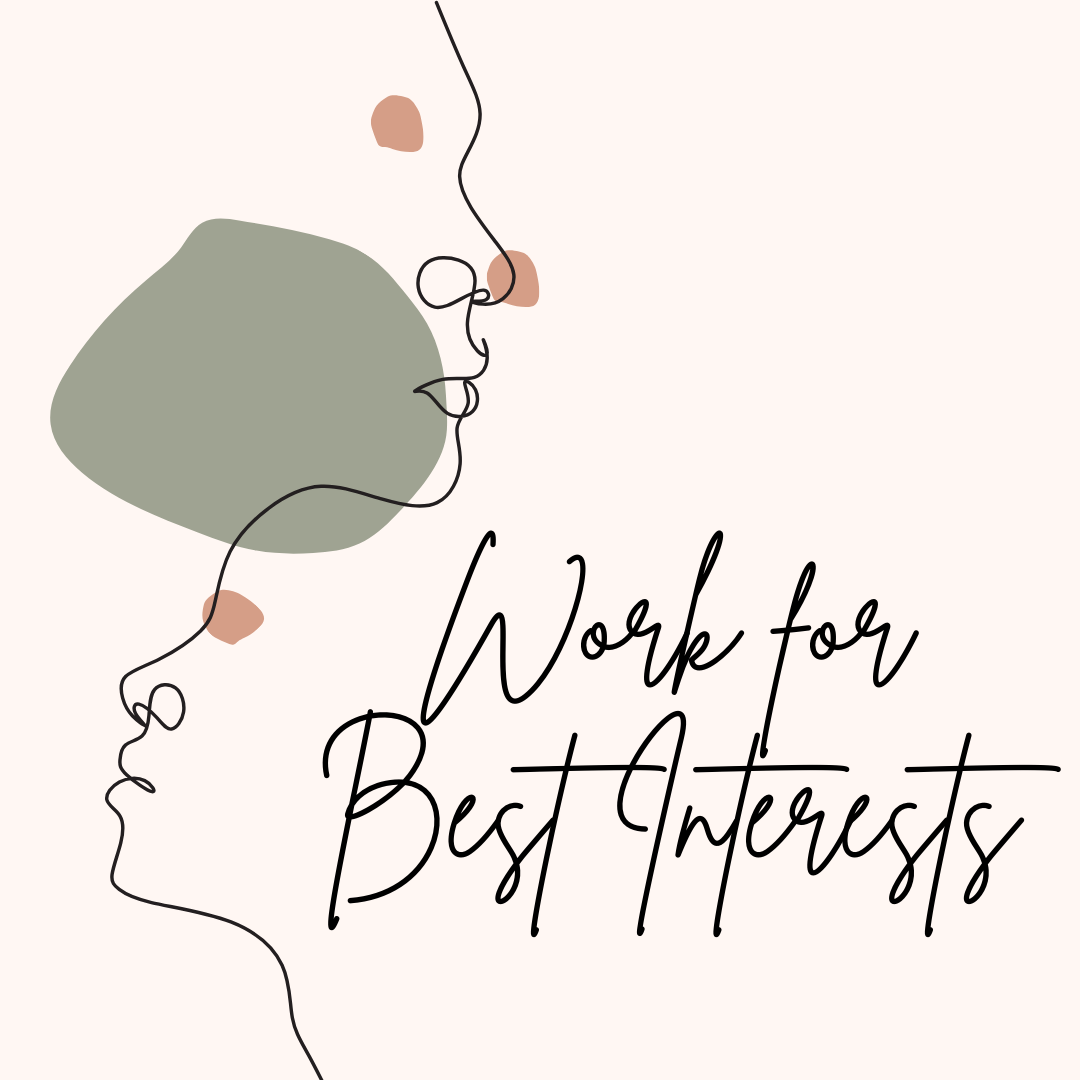
Working for the Person and Your Audience’s Best Interests
- Assess whether the person can advocate for themselves. Then, explain the potential good and bad consequences of the story. Allow the person to think over those consequences and make an informed decision.
- While you can take extra care with a vulnerable source, as a storyteller or journalist, remember you still have a story to tell. If the person doesn’t seem able to advocate for themself, encourage them to rely on another trusted person. When that's not possible, discuss with your team whether the person is in a place to consent to participate in the story.
Identification
- Keep in mind how folks will be identified in the story. If a person has a lot to lose or gain from telling their story, work with them to determine the degree of anonymity they may need. Together with your team, offer folks a range of options for how to be identified. Consider initials, middle names, or other ways to give them a level of privacy.
- If a person is at risk of personal harm from retaliation or other punitive responses to the story, use your newsroom's standards to offer complete anonymity if possible. When offering complete anonymity, comb the story for any details that will undermine that promise and remove them from the story. Explain to the audience why the source is anonymous. People may need time to decide how to move forward. However, you mutually agree to identify the person and explain that some people close to the story may still be able to deduce their identity.
Before Publication
- Be careful not to cut off communication with folks as you prepare the story for publication. Lack of communication can make some people feel even more vulnerable after sharing a personal story.
- As a way of fact-checking the story, you can go over every detail about the person that will be shared in the final story edit/draft and explain the context. Be sure the person knows when the story will be published and where it will appear. Let them know, for example, if the story will be featured across social media. Let them know if comments will be enabled on the story and who, if applicable, will moderate comments.
After Publication
- As soon as the story is publicly available, let folks who shared their story know how they can see or hear it. Check back 24 to 48 hours after publication or airing and see how they feel or think. Quickly correct any errors they point out. Even when you've taken care of, some people may have regrets. You may not be able to change things, but listening to those regrets may make you a better storyteller/reporter.
- Be available and responsive if the person experiences any repercussions because of the story. In some cases, a follow-up story or note may be warranted.
This is part of resources available through the Trauma Aware Journalism Toolkit created by Columbia University’s Dart Center for Journalism & Trauma, CBC/Radio-Canada, and the Canadian Journalism Forum on Violence and Trauma. Linked below is the specific resource this was pulled from. Find more free resources at www.traumaawarejournalism.org
